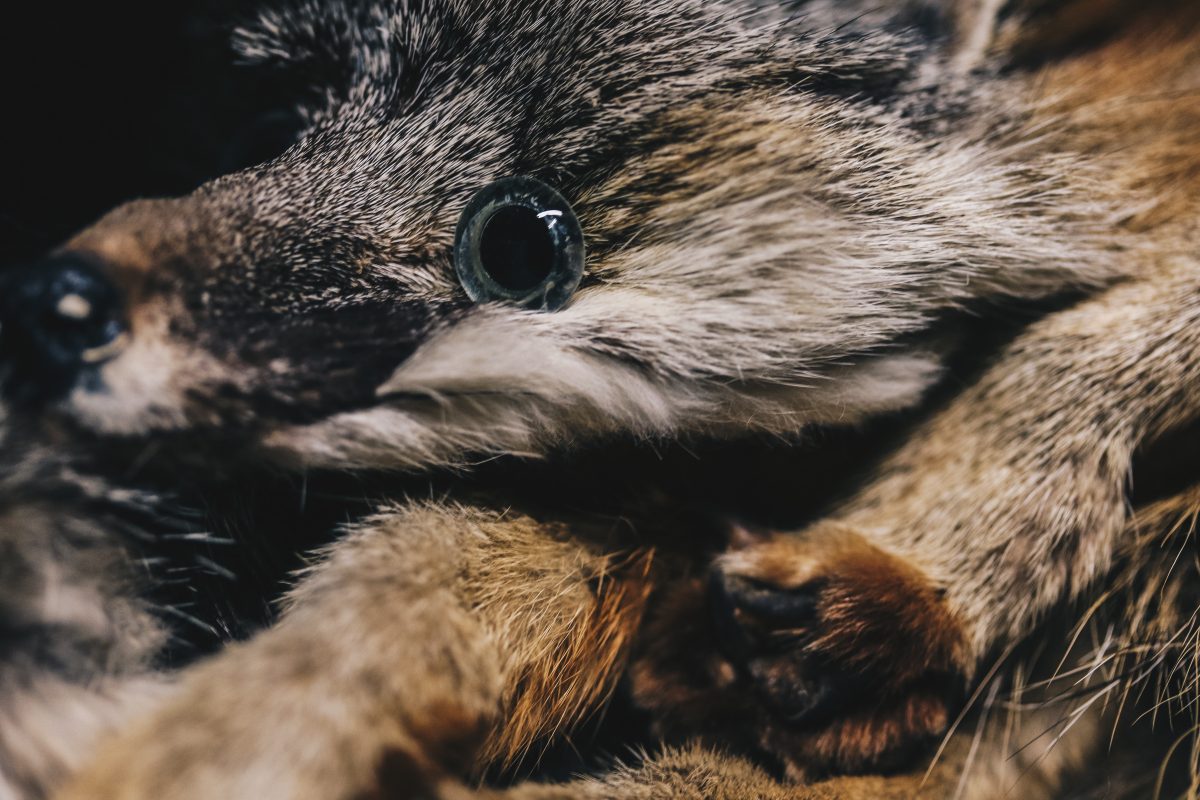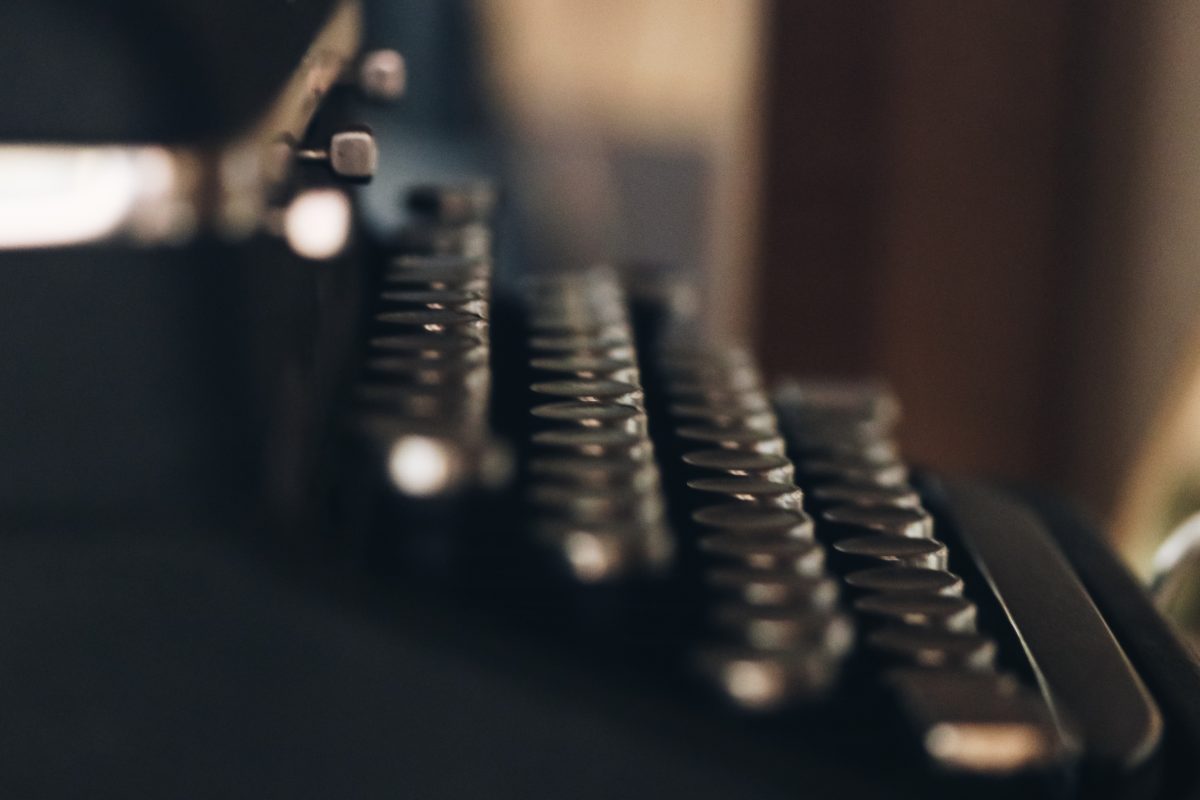Actors and actresses are often praised for lending life to inanimate objects and sets in plays, but what about the people who find and create those props and backdrops in the first place?
Prop Masters, like Darryl Marzyck at Eugene’s Very Little Theater (VLT), have the responsibility of identifying, seeking, making and caring for all of the items used in a theater production. From fake weed joints to replications of heaping bowls of spaghetti, Marzyck has contrived just about every prop that could possibly appear in a play.
What follows is a lightly edited Q&A with Marzyck on what Prop Masters do and why they are instrumental to the theater.
What are your responsibilities as a Prop Master?
“I am responsible for seeing that there is a props person for every show, and if there isn’t a props person then that means I am the props person.”
What do you mean by “props person?”
“A person who’s gonna take the responsibility for getting the props and seeing that the props are properly listed as to whether they are ours or whether we borrow them.”
Where do you get props?
“You get props where you can find them. Since I came in [a year and a half ago], there’s been a lot more shows where we have to create props instead of buy them, and there are some strange props. Plays have a great habit of coming up with totally bizarre stuff.”
What’s your process like for making props?
“I see props as primarily a problem solving exercise. I‘m making props now for a play that I’m doing set for this coming season, which is “Whipping Man,” and in the play one of the characters keeps hauling large stacks of books into the house. Because books are heavy and because you have to change the scene quickly, you can’t give [the actor] a stack of real books, it’s too heavy. So I’m making them out of Styrofoam and cardboard. There’s paiper-mache involved, there’s paint, and the finished product will be so light that anyone could just pick it up or put it down.”
What’s your prop shopping process like?
“I shop at Shelter Animal Resource Alliance out on River Road. They have a lot of great stuff, and I go to Habitat for Humanity’s Re-Store. You don’t have a lot of money to work with, standard props budget is $100 but they prefer it to be $50, so you have to get really creative. I’m just really good at making stuff out of nothing.”
Do you have a favorite prop that you’ve made, or a prop that was especially challenging to make?
“These books are getting to be my favorite! I did make one prop for Spamalot, the holy grail, and apparently it’s everyone’s favorite prop that I’ve made because it was used in five shows after Spamalot. Like, for the entire season, it showed up somewhere on the set.”
Do you have a workshop where you make props?
“I don’t have one here, our shop is very crowded and it’s very small, so the VLT prop shop is in my garage.”
Where do you keep all the props that you’ve made?
“The prop loft and the basement, but sometimes we don’t keep them. I haven’t decided yet whether I’m keeping this prop, a leg of venison for As You Like It, because it’s so odd. I can’t imagine keeping it because I don’t know when I would ever need a leg of venison again! I’m known for making food; I make lots and lots of fake food.”
Can you tell me how you got into working with props?
“I go back a long way with theater, and I do many things in theater. I started as an actor, I became a director, and for the longest time, I did costumes and scenery. Properties are just sort of a natural thing for me. I knew how to make things back when I was doing puppets, so a lot of the knowledge of how to make things comes from my puppeteering.”
When did you start working with puppets?
“That was college; I did quite a bit of puppetry. I helped found a puppet group, which is still operating today called the “Bits ‘N Pieces Puppet Theater.
These hands have held Bert, Ernie and Cookie Monster! That was like the thrill of my lifetime.”
Wow! How did that happen?
“I was living in New York and one of the design teachers at the University of South Florida where I went to school had come to New York because he was going to be meeting with the Muppets. When I found out that he was going there, I attached myself to him and said, ‘you are taking me with you!’.”
How are props important to a production? What do they add?
“They add to authenticity. They add to ambiance. They add to proper time and space. I have seen some really horrible props, and when you see bad props, you know they’re bad props. If they’re good props, you shouldn’t really notice them.”
What’s a bad prop to you?
“If it’s something that someone had to create and they really didn’t have the skills to create it, you can tell. It’s a knack; if you really are putting out a good product, you have to actually care and be interested in what you’re doing.”
Why is working with props important to you?
“Because it needs to be done. Properties don’t get a lot of respect; they are never mentioned in reviews. If you’re doing your job right, the audience doesn’t notice the props because they’re supposed to be a natural part of what’s happening. So you have to really be into wanting to serve the play. You have to be kind of selfless about properties – that’s just the ugly truth.
Now, that being said, my props for Clybourne Park in October [at Oregon Contemporary Theatre] were the only time I’ve ever seen properties mentioned in a review. They said, ‘this is how you do props right.’ I did such a good job that somebody actually noticed the props!”







![[Photo Courtesy of the Lara Family]
Ruben embraces his beloved childhood goat, Katrina.](https://ethos.dailyemerald.com/wp-content/uploads/2025/05/katrina-1-1060x1200.jpg)


